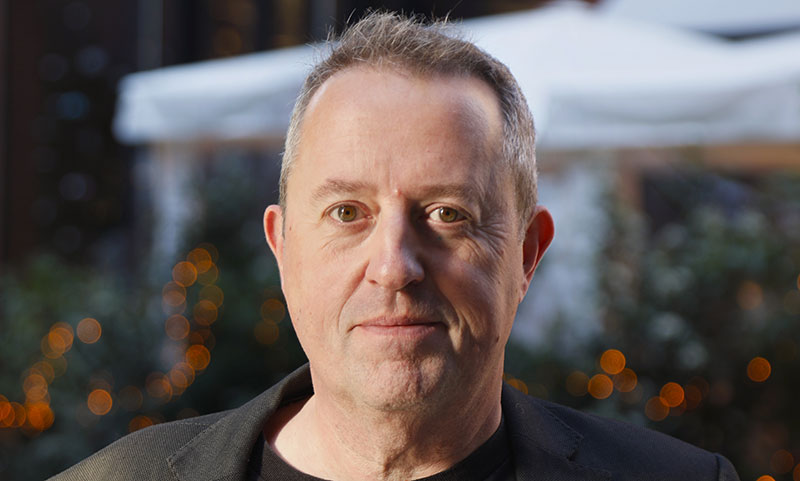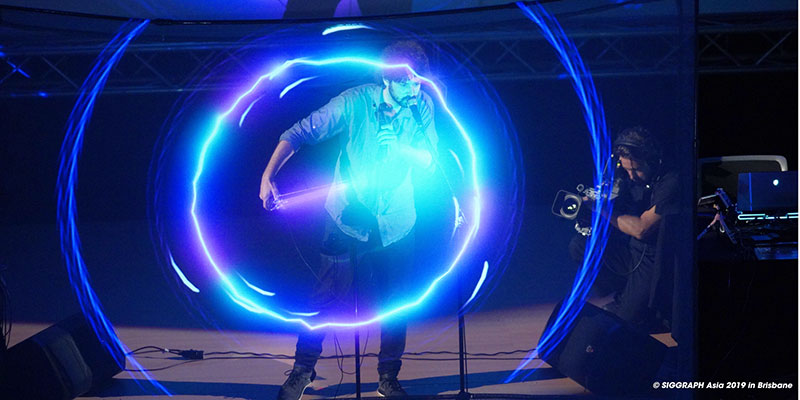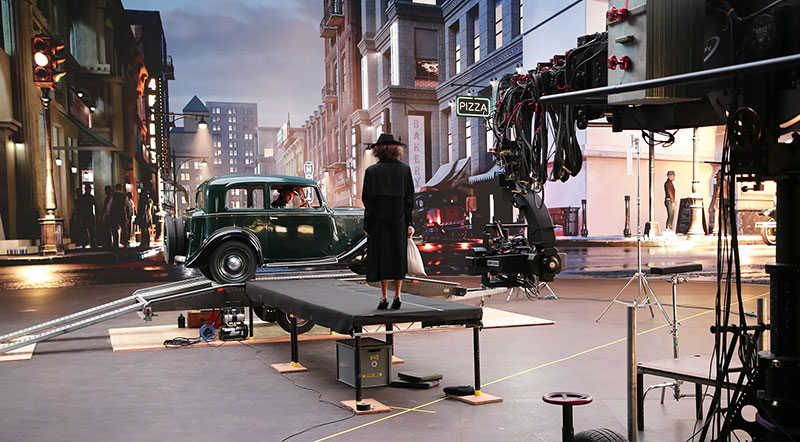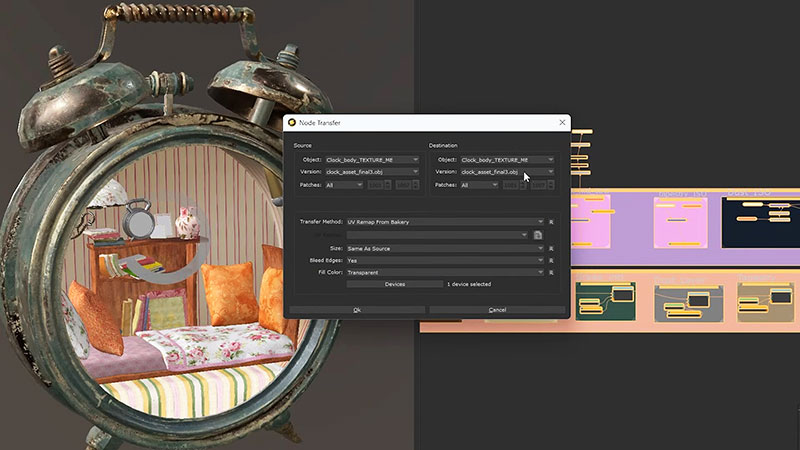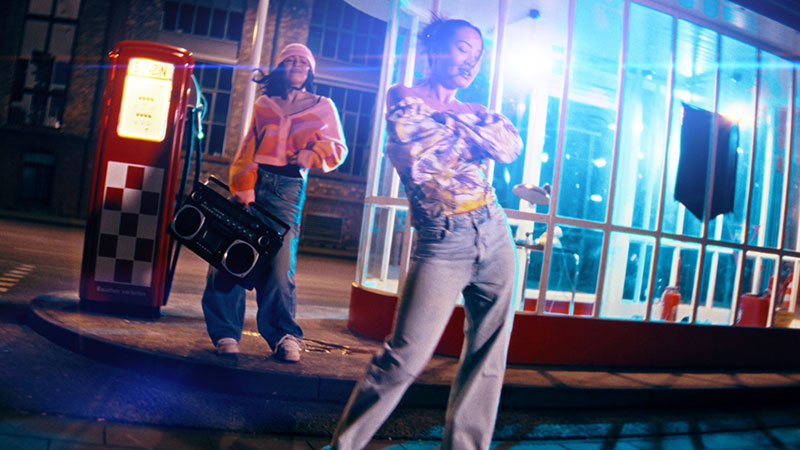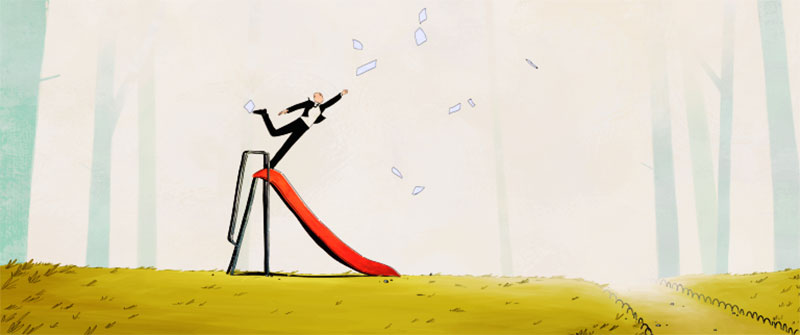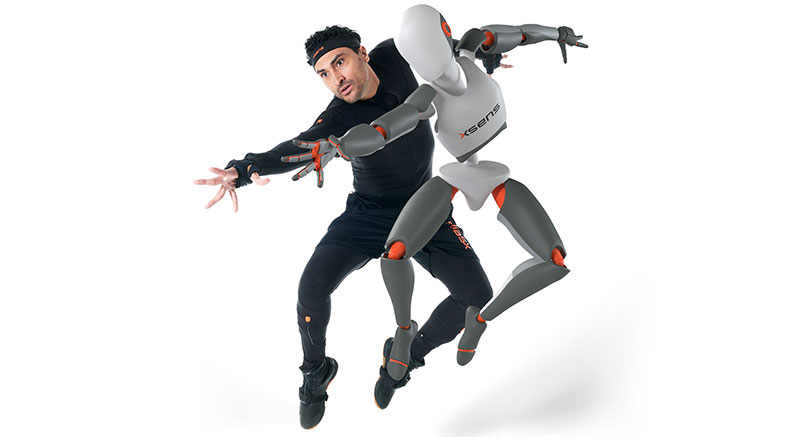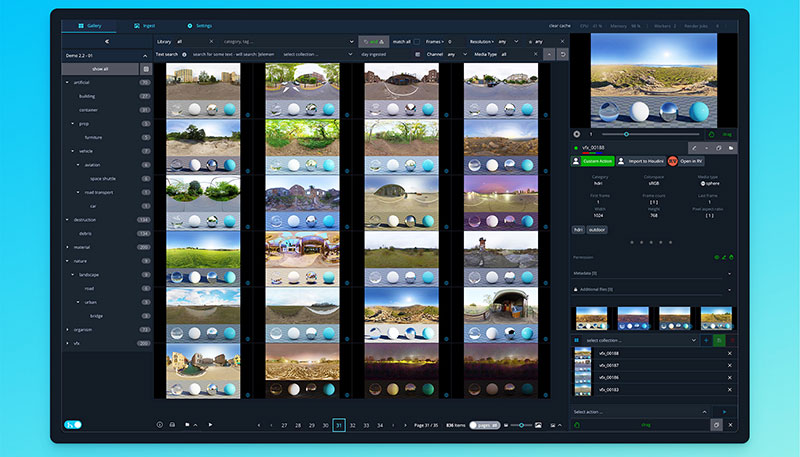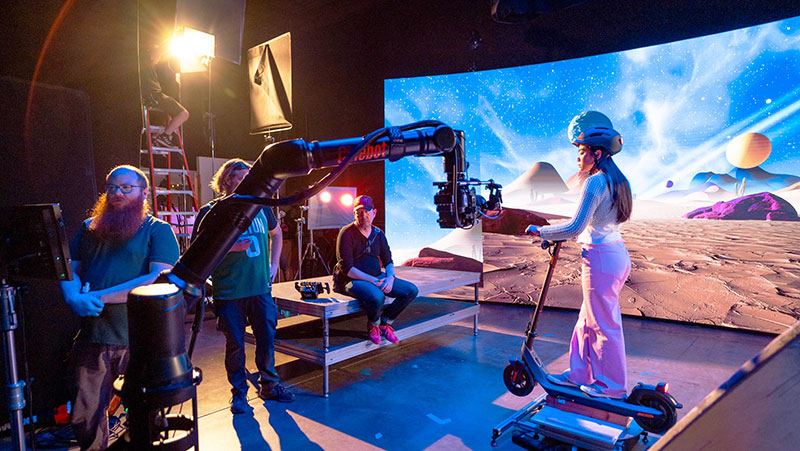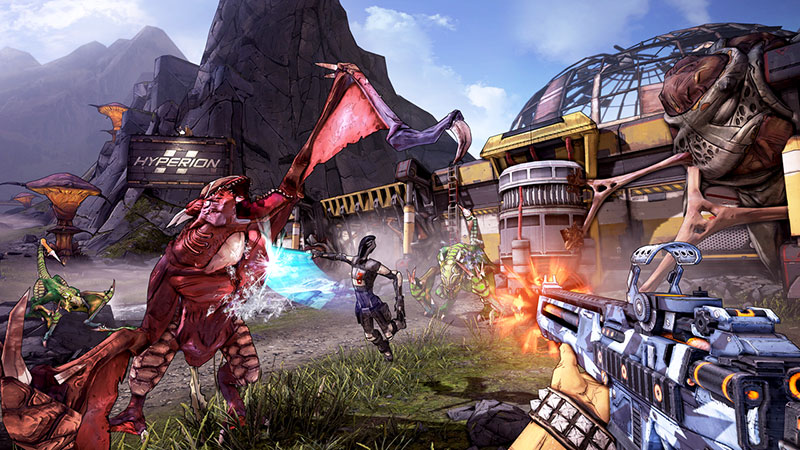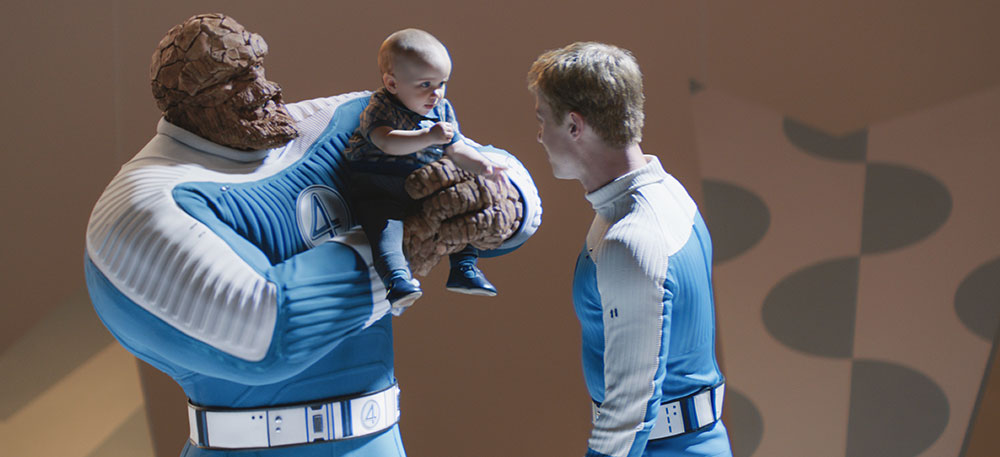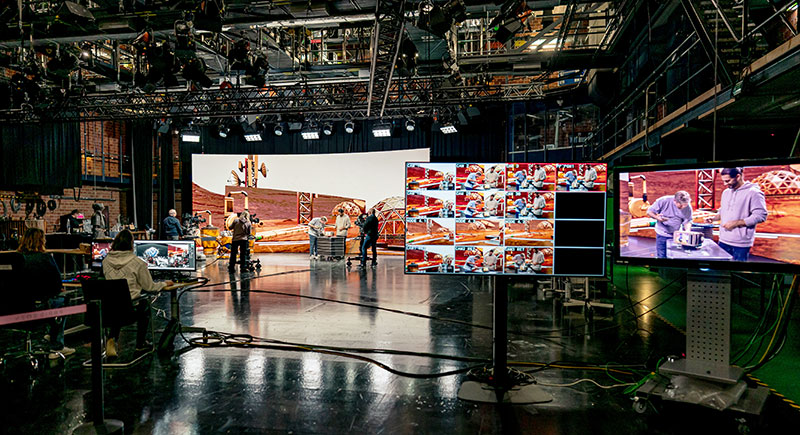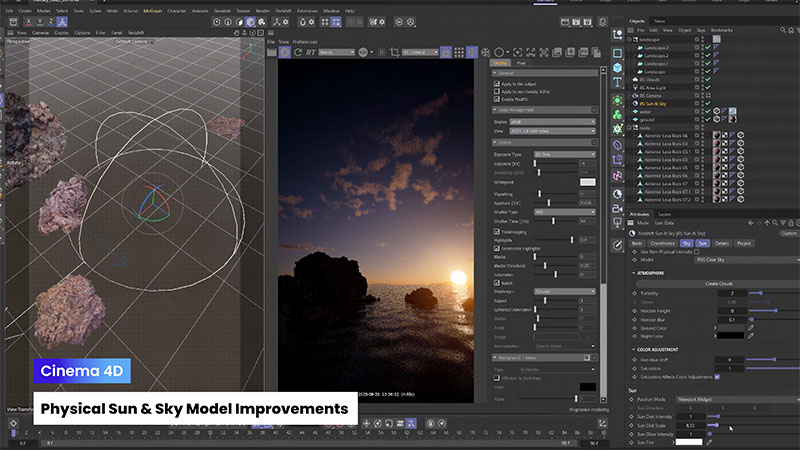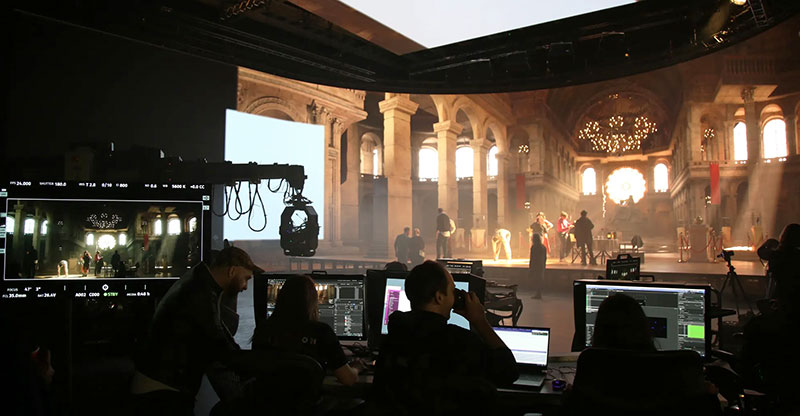V-Ray 7 includes native support for ray-traced Gaussian Splats, and improves shading and texturing with OpenPBR compliance in Maya and Houdini’s new Volumetric Shader.
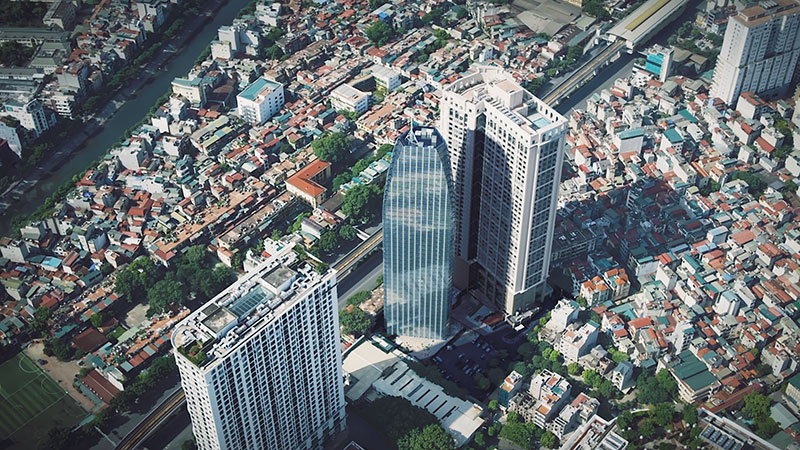
Chaos V-Ray 7 for Maya and V-Ray 7 for Houdini include new features that accelerate digital content creation, ranging from 3D environment work to production shading. V-Ray 7 is now updated to address complex tasks such as integrating real-world scenes with fully ray-traced CG, or accessing GPUs for rapid iterations, while rendering all levels of work to feature-film standards.
V-Ray 7 introduces native support for ray-traced Gaussian Splats, allowing artists to very quickly place CG scenes within highly detailed virtual environments created from captured video. The environments can then be reflected in the digital scene, and accept shadows.
The 3D Gaussian Splatting method of representing scenes uses tiny, translucent ellipsoids (Gaussian splats) instead of polygons or neural networks. The splats convey enough information about position, colour, size and transparency so that, when viewed together, they blend to very accurately create and render complex 3D environments.
Due to its support for Gaussian splats, V-Ray 7 can integrate the reflections and refractions necessary for photorealism. Because this kind of representation is also more compact than polygon meshes or neural networks, it results in more efficient use of storage and compute power.
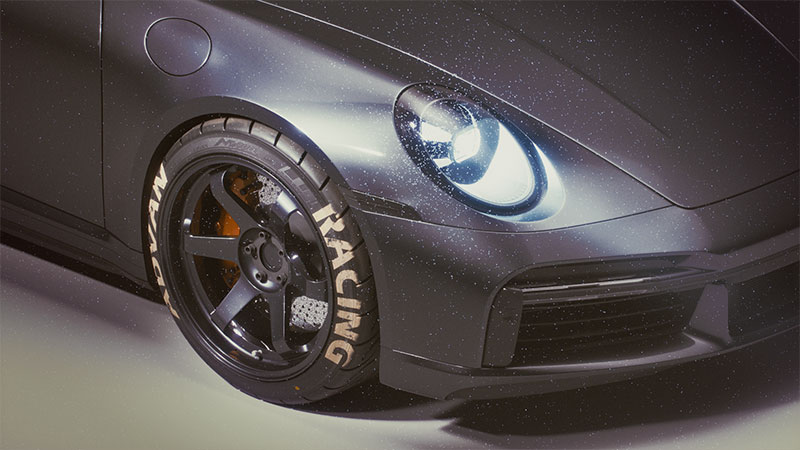
Firefly removal algorithm in V-Ray 7 for Maya. Above, the algorithm is OFF; below, it is ON.
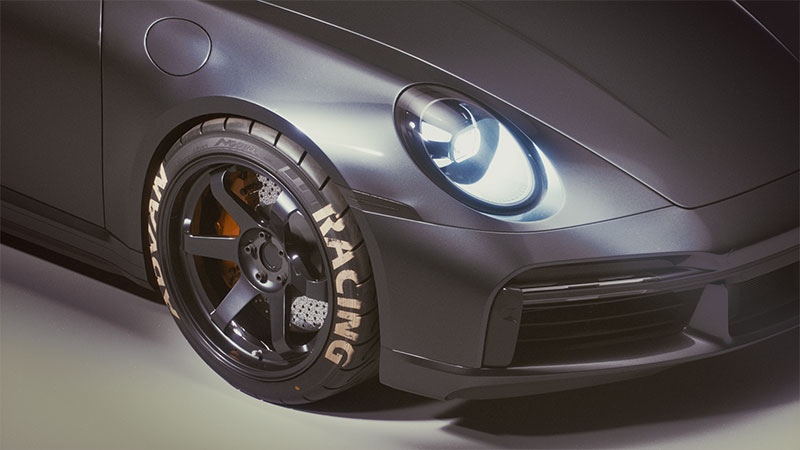
Bucket rendering, which divides the image into small sections and then renders them individually, is fast and memory efficient. But it may also leave bright, unresolved pixels in the render, called ‘fireflies’. A new firefly removal algorithm in V-Ray 7 automatically detects and finishes the pixels, taking less time to produce final images and improving the overall rendering speed and look.
To further enhance images, V-Ray’s Open Image Denoiser has been updated with support for the last Open Image Denoise version 2.3.0. Using a new prefilter pass, detail retention during denoising is improved for sharper, cleaner images without affecting efficiency.
V-Ray GPU
V-Ray GPU includes new optimisations for scattering, texture heavy scenes, data uploads and geometry compilations in V-Ray 7 for Maya and Houdini, all of which adds up to faster time to first pixel. New Caustics support generates realistic surface reflections and refractions in both production and interactive rendering.
Also, depending on how far they are from the camera, out-of-core textures help artists add a high level of detail to texture-heavy scenes without sacrificing shading quality. It’s possible to render texture-heavy scenes more efficiently with the Use System Memory for Textures mode, a new out-of-core texture implementation that leaves textures constrained only by available RAM.
An algorithm in V-Ray GPU has been upgraded for more efficient caching of bitmaps between animation frames, further speeding up animation rendering. Last, V-Ray GPU can now run several times faster on MacBooks with its new support for the Apple Metal graphics and compute API.
V-Ray 7 for Maya – Shading, VFB
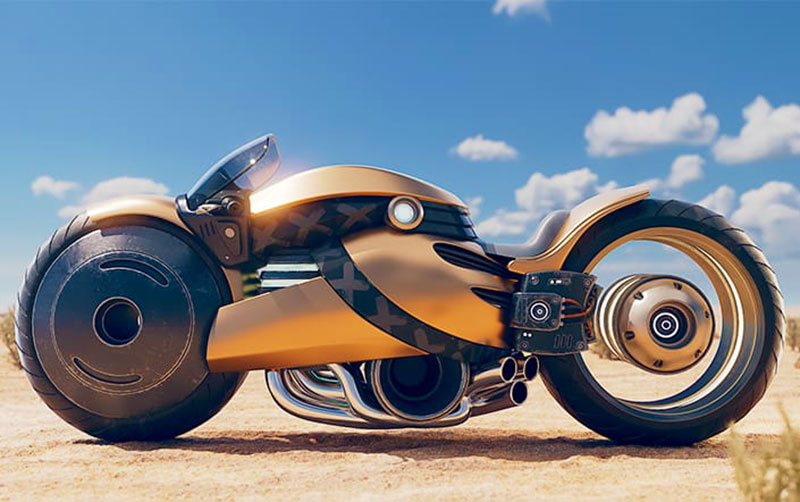
Using V-Ray's new OpenPBR mode in the V-Ray Material, which matches an emerging shading standard developed by Autodesk and Adobe, artists will have to make fewer manual adjustments when switching between compatible renderers and applications, improving their efficiency.
Alongside this is a new OpenPBR-compliant layering scheme. The new hierarchy places Coat over Illumination, and Fuzz at the top, making it easier to create complex effects like neon lights, dusty lacquered wood, peach fuzz and more without Blend materials. The Sheen layer has also been enhanced to help create velvet, satin and silk effects, or such effects as a dust coating on lacquered wood, with soft reflections in the V-Ray Material OpenPBR mode.
V-Ray 7 for Maya now supports the latest official version of MayaUSD 0.30.0, enabling the latest support for custom pipelines.
The V-Ray Frame Buffer (VFB) has been expanded to help artists fine-tune their renders. Custom-shaped render regions can be used to refine and render specific parts of your scene directly in the VFB. By focussing precisely on only those areas, iterations are faster and more controlled without unnecessary re-rendering.
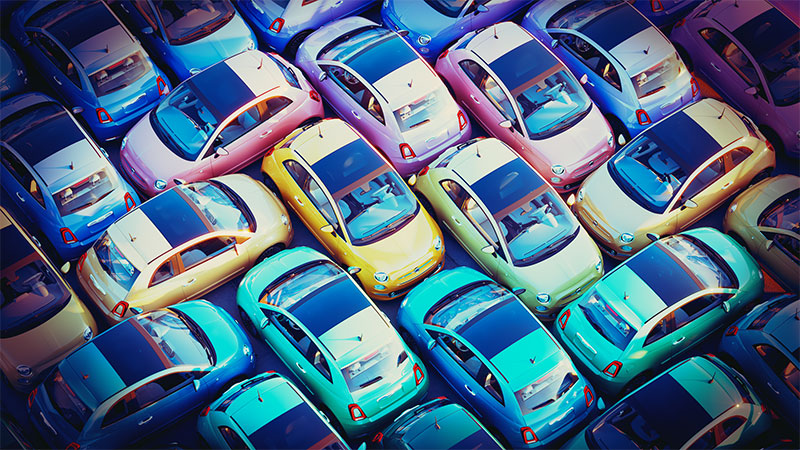
Colour-correction presets in the VFB.
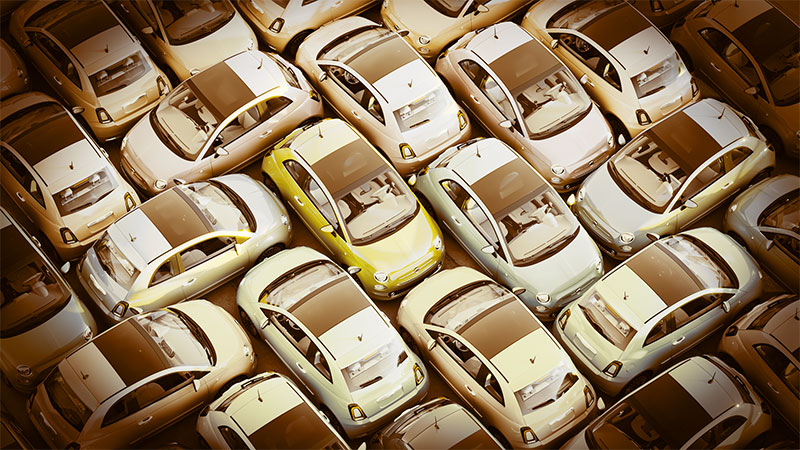
A vignette layer post effect is now included that can also be custom-shaped and applied to any element of the render for a specific result. New colour correction presets are now available as well that allow users to experiment with and apply corrections directly in the VFB without external grading software.
As the Chaos Cosmos asset library grows, it now makes working with V-Ray Luminaires faster and more realistic, accurately distributing the light of the fixtures and correctly illuminating them. Most of the light fixtures within Chaos Cosmos are now Luminaires in V-Ray 7, making it easier to populate scenes with realistic lighting while also rendering final results more quickly.
V-Ray 7 for Houdini – Volumes, Materials
Artists can now take a first look at the new V-Ray for Houdini’s Volume Shader, a feature that creates and renders beautiful, dramatic volumetrics like clouds, smoke and fluids up to several times faster than before. In this initial implementation, users can build shading graphs to generate complex shaders and customize their effects.
Support for the Light Select render element is included for creative control over volumetrics when compositing. Light Select represents the lighting contribution from various lights in the scene. Each Light Select channel can output one of the contribution types, such as direct or indirect illumination or diffuse or specular contribution, to the illumination.
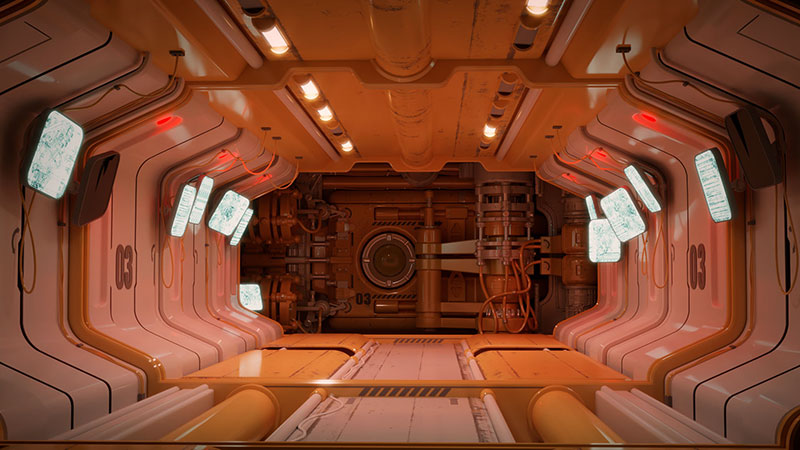
Using Chaos Cosmos Luminaires, available now in V-Ray for Maya, coming soon to Houdini.
More volume rendering capabilities will be announced in the coming months. Support for rendering fire independently from smoke, deep output and mattes – or holdouts – for volumes is coming soon.
MaterialX support is extended in V-Ray 7. Artists can now create and render most MaterialX procedural textures, including noises, patterns and various randomization options. Also, stylized, non-photorealistic renders can be created with less effort than earlier on – the toon shading workflow in V-Ray for Solaris is redesigned to make set-ups easier and faster.
Access to the Chaos Cosmos library is now available in V-Ray for Solaris and can be used to populate environments with thousands of render to ready 3D assets, to speed up world building projects. Just note that V-Ray Luminaires are currently not supported in V-Ray for Houdini, but will be soon.
V-Ray for Solaris now supports Copernicus for greater flexibility while working with V-Ray. Copernicus is Houdini’s 2D/3D GPU image processing framework used for real-time image manipulation, such as building texture maps. Third-party plugin support extends to the Yeti 3D hair and fur system. Via a new V-Ray Yeti node, artists can now render Yeti cache files in Solaris, allowing direct integration of their grooming work from other content creation software like Maya.
V-Ray 7 for Maya and V-Ray 7 for Houdini are available now for Windows, MacOS and Linux. V-Ray subscription plans include all supported host applications, which include Maya, 3ds Max, Cinema 4D, Houdini, Revit, Rhino, SketchUp and Blender. www.chaos.com/vray


